Here you can find details of the projects I’m currently working on, along with some of the projects I’ve worked on in the past.
If you are a prospective student interested in working with me, please read below to get an idea of the areas where I’m currently working and check this page to see some of the projects that I’ve previously supervised or am interested in supervising.
Current Projects

Remote exercise platforms (2020-)
Connected remote exercise platforms (such as Zwift, Peloton and TrainerRoad) offer a virtual space for people to exercise, alongside others, from the comfort of their own homes. There is potential for these platforms to increase participation in exerise by providing novel, accessible and inclusive settings. However, many users experience significant barriers to entry to these platforms (beyond just the monetary cost), or otherwise feel like they don’t “fit”, and so don’t engage with them.
This project looks at use of these platforms and creates a better understanding of what works more or less well, with an aim to better design them to be more engaging, inclusive and motivational.

Exercise tracking challenges and “abandonment” (2022-)
Over time we have witnessed increased negative sentiment towards the current notion of tracking sports and leisure exercise, particularly within non-competitive environments. This project, which falls under a larger umbrella of research critically examining use of “quantified self” and personal informatics systems, examines this sentiment and explores ways in which exercise tracking can be reframed to better suit the needs and requirements of a broader range of non-competitive athletes.
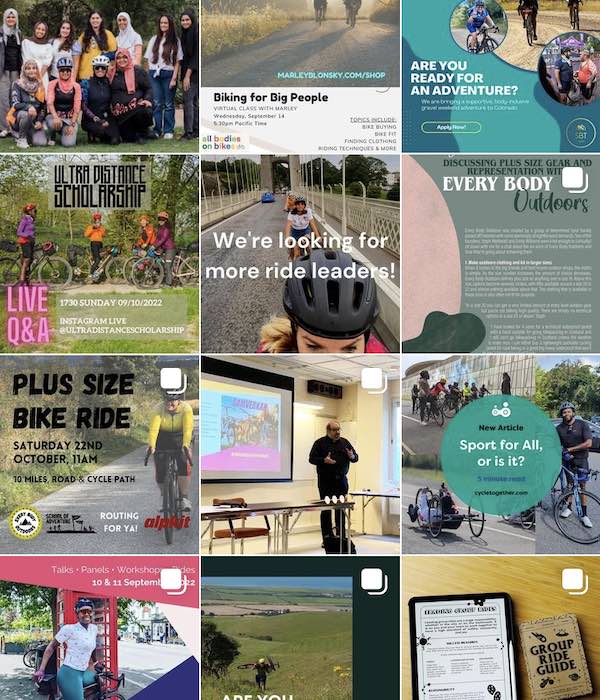
Equality, diversity and inclusion (EDI) in cycling communities (2022-)
There are a growing number of online communities tackling EDI issues and lack of participation in sports and leisure cycling. This project is looking at these communities to more broadly understand how online technologies and social media are being utilised by grassroots groups to tackle EDI challenges, by supporting individuals and promoting inclusive environments.
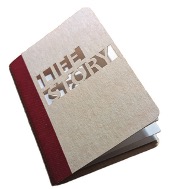
Examining and designing adoptive life story books (2021-)
Led by Tommy Dylan. This work is examining the design and use of life story books for adopted children.
DIS pictorial here. Other work in progress.
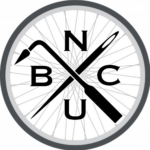
Bicycle Craft (2020-)
This research aims to better understand the impact of new technology and social media on craftspeople, by examining the custom bicycle industry.
I am interested in how craftspeople are responding to increased use of social media for sharing bespoke crafted products: how creators and craftspeople share their work and are inspired by others on social media; how consumer consumption of such media drives trends and demand; how newcomers are inspired to become crafters and how established crafters are adapting to the changes; and, any tensions that have arisen because of these changes.
I am hoping to recruit a PhD student to continue work on this project 24/25 -.
Previous Projects
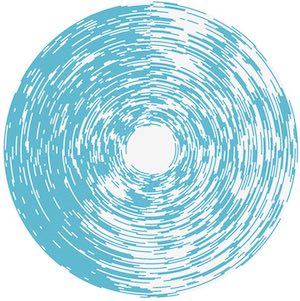
Shared tracking, information sharing, sense making and invisible labour: parental informatics (2020-22)
In collaboration with Marta Cecchinato.
Paper in progress.
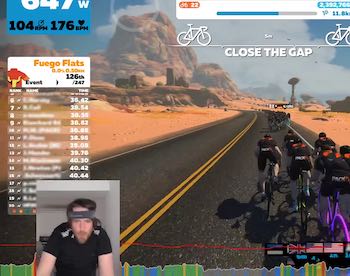
Virtual cycling through a pandemic: an autoethnography of 1,000km on Zwift (2020-21)
More details to follow.
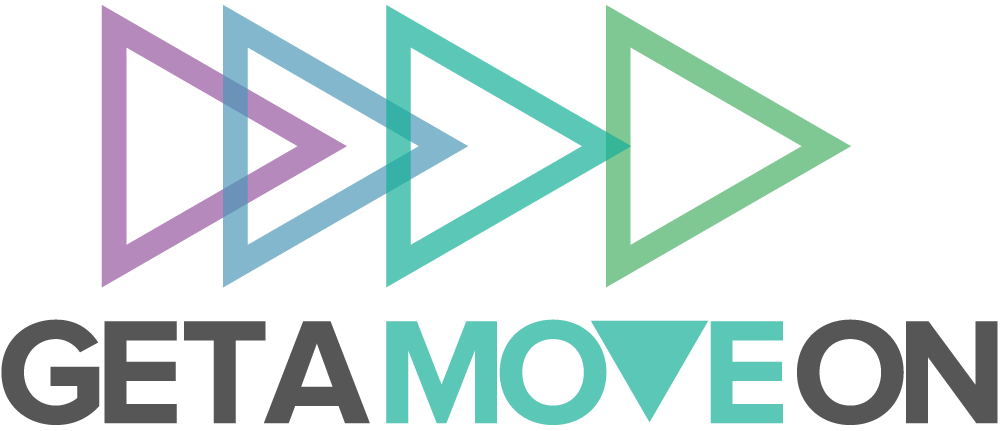
Cancer Survivors’ Use of Activity Tracking Devices (2019-21)
Funded by the EPSRC GAMO (Get a Move On) network+. This project focused on Using Ecological Momentary Assessments (EMAs) to understand the impact of wearable technology on physical activity initiation and habit formation among people living beyond cancer, with a view to …
Early results from this work has been presented and our paper is in progress.

Fatigue in Healthcare Professionals (2019-20)
Funded by, and in collaboration with, Philips Design. This project explored the impact of fatigue (physical, emotional and cognitive) on healthcare professionals, with a view towards designing systems to help manage and mitigate it’s impact. I was responsible for leading user research through workshops and contextual interviews.
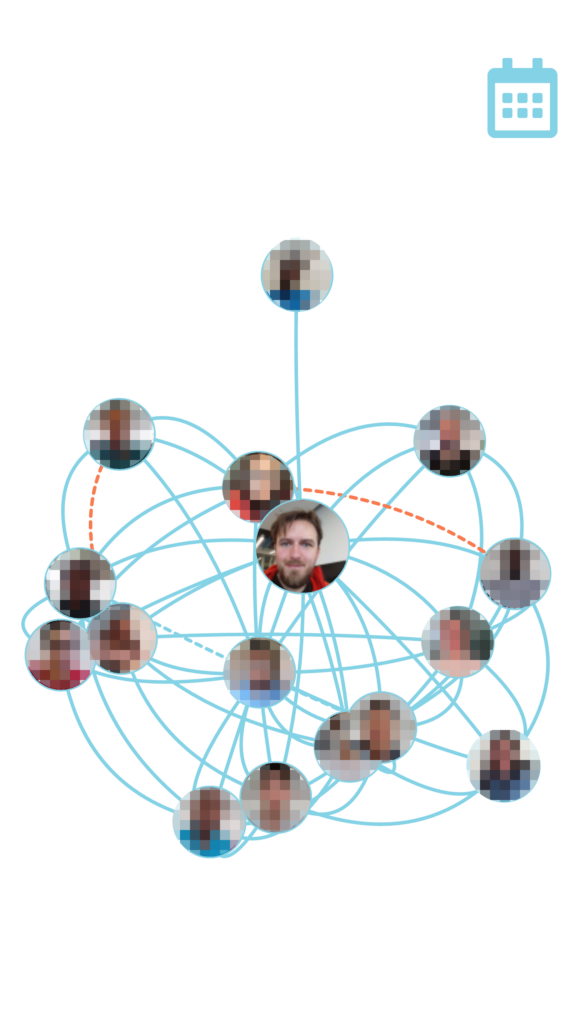
Online platforms for facilitating peer-support in postgraduate students (2018-19)
The prototype developed as part of this research, Pears, is a hybrid physical-digital system with a workbook and smartphone app, that is designed to connect PGR students for regular “pearings” (in-person meetings) and provides activities to promote reflection and conversation.
Paper here.

Medical Imaging and Healthcare Futures (2017-18)
Details to follow.
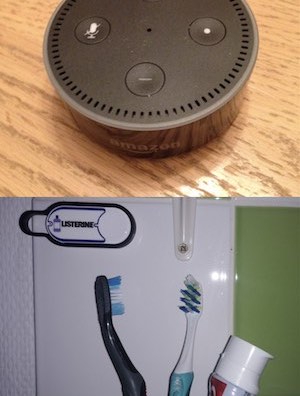
Shared Smart Devices in the Home (2017)
This research draws on our own experiences and identifies the tensions between ownership and usage of the Internet of Things (IoT) devices that populate our homes, and the economic implications there might be when sharing these systems. We suggest the distinction between owners and users should be more carefully considered in the design and research of future devices.
This research was undertaken alongside Marta Cecchinato.
Paper here.
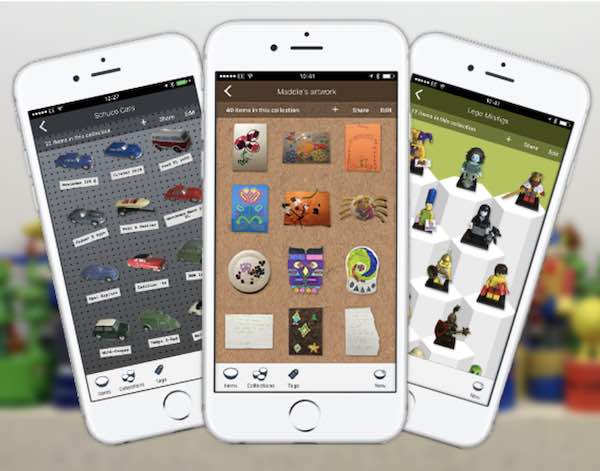
Thinga.me (2015-17)
Thinga.Me is a system which allows users to capture photographs of physical objects and then cut them out, place them into digital collections, and share them. By segmenting the object from the background the interface creates the illusion of a physical item, giving a sense of carrying your stuff with you in your pocket.
This project was undertaken with colleagues at Microsoft Research Cambridge.
Research through design paper here.

“Life Swap” Workshops (2015-16)
Personal informatics technologies support the collection of and reflection on personal data, but enabling people to learn from and act on this data is still an on-going challenge. Sharing and discussing data is one way people can learn from it, but as yet, little research explores how peer discourses around data can shape understandings and promote action. We ran 3 workshops with 5-week follow-ups, giving 18 people the opportunity to swap their data and discuss it with another person. We found this helped them re-contextualise and better understand their data, identify new strategies for changing their behaviour and motivated people to commit to changes in the future. These findings have implications for how personal informatics tools could help people identify opportunities for change and feel motivated to try out new strategies.
This project was led by Rowanne Fleck, with collaborators, and was funded by the EPSRC Balance network.
Paper here.
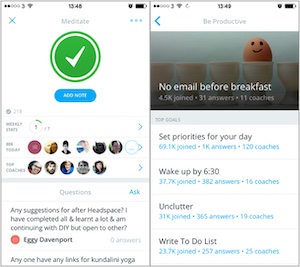
Dependency in behaviour change apps (2015-16)
Habit formation apps are intended to help instigate and maintain new behaviors. Prior research has established that these apps mostly do not support the theoretical ‘habit’ construct defined in psychology, yet are generally popular and well reviewed in app stores. This apparent mismatch between theory and ‘in-the-wild’ usage has not been investigated to date. Through an in-depth qualitative study of a popular application Lift, this research establishes that common techniques such as reminders and streaks are effective at supporting repetition of new behaviors, but at the same time create a dependency: on-going app use is often required to achieve lasting change. This dependency introduces fragility in users’ attempts to change their behavior, as they often abandon the app and subsequently disengage with their new behaviors.
This project was conducted by Ian Renfree, under my supervision.
Paper here.
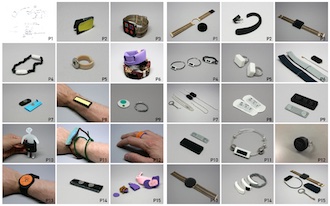
The importance of context: design and Aesthetics (2015)
This project was conducted by Matthew Pateman, under my supervision.
Aesthetics and form factor play a key role in adoption and continued use of wearable technologies, this three-part study provides a better understanding of the role of aesthetics and personalisation within wearables. We provided 15 participants with customised, low-fidelity, non- functional “activity trackers”, based on their own designs, for in the wild evaluation. Our participants’ use of these prototypes provided us with insights into their feelings towards their existing commercial devices and their own designs alike. We found that aesthetics plays an important, and under-appreciated, role in use and continued engagement, particularly when the context is considered. We suggest that manufacturers should embrace adaptability and DIY cultures, allowing end-users to customise their wearables and support them in appropriately choosing, and creating their own designs.
You can read more in our paper, and on Matthew’s website.
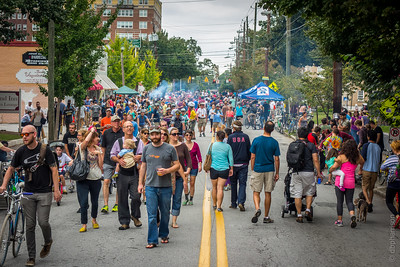
Understanding the impact of context on the use of activity tracking systems (2014-15)
This study was the second of my PhD and aimed to better understand the impact that the context of use had on people’s use of activity tracking devices. To do this, I studied 48 participants who were existing users of a range of different activity tracking devices, and were split across two locations (London, UK and Atlanta, GA, USA).
Atlanta was chosen as a second field-study location, as the author had an opportunity to spend 3-months at the Georgia Institute of Technology, which offered a significant and interesting contrast with London, where the remainder of the research was carried out. Studying use across two locations allow me to better understand the elements of context that influence people’s engagement with these systems, and any associated behavioural outcomes.
In total I interviewed 48 existing or previous trackers, who were using, or had used, a variety of different tracking technologies.
Some of the findings from this project are published in my Ubicomp paper, and findings are also included in my PhD thesis.
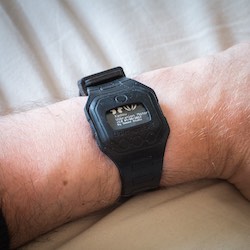
“Durr” feeling time slip by, 5 minutes at a time (2014-15)
In collaboration with Marta Cecchinato. Inspired by an early prototype of Skrekkøgle’s “Durr”, a small wearable device that provides a subtle haptic feedback every 5-minutes, we prototyped a similar wearable device using Seeed’s Xadow platform, and set about evaluating it in the real world via a pair of autoethnographies.
Our paper laying out our findings from this experience is available here.
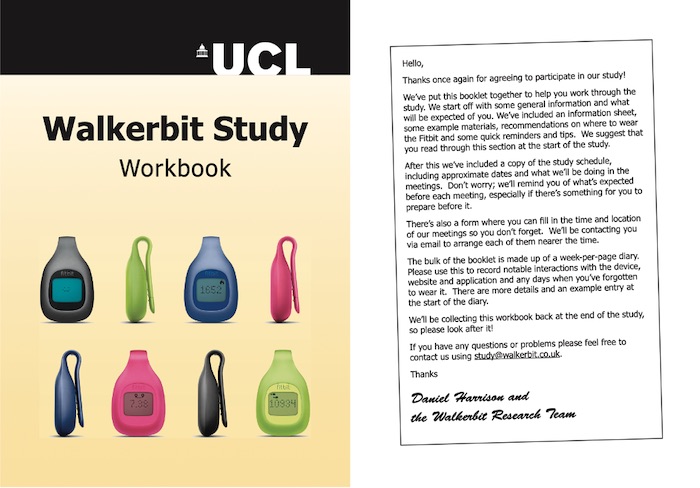
Understanding use and engagement with personal informatics systems over time (2013-14)
This research was the main component of my PhD thesis: a longitudinal (52+ weeks) mixed-method study of 50-participants use a researcher-supplied Fitbit Zip activity tracking device in the real world.
This study was designed to explore and better understand how people use self-tracking technologies in the real world, investigating: the temporalities of tracking; the ways in which people integrate tracking technologies into their lives; how self-trackers interact with, and act upon, the data they collect; and, the challenges they face along the way.
The study was divided into two parts: the main part lasted 28-weeks and included regular interviews and a daily-diary study; and, a follow-up interview that took place 52-73 weeks after participants first received their tracker. In total I conducted: approximately 180 interviews with 50 participants and where possible, we also kept a record of the steps measured by participants’ activity trackers.
From this rich dataset I was able to not only build up a narrative about each participant’s use of the activity tracker and other personal informatics tools over time, but also understand their behavioural responses, how these changed, and other factors (external and related to the tracker) which may have affected their engagement and physical activity.
You can read more about this study and my findings in my PhD thesis.
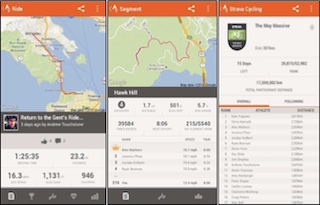
An Ethnography of Strava Cycling (2013)
This project was undertaken by MSc student Alison Williams, under my supervision.
Strava Cycling allows users to record and review their cycle rides while connecting and competing with other users. The combination of competition and physical activity within a geosocial environment presents a plethora of issues, including safety and privacy concerns. Four major topical themes were addressed in this study: risk-taking, behavior change, social interactions, and privacy concerns. Our results suggest that Strava Cycling users care more about tracking their cycling data than competing with other users. Specific user groups from this study found that their behavior changed significantly as a result of using Strava Cycling. A very important finding was that specific user groups (age, experience, cyclist type) have different uses, motivators, and concerns regarding the system.
You can read the thesis here.
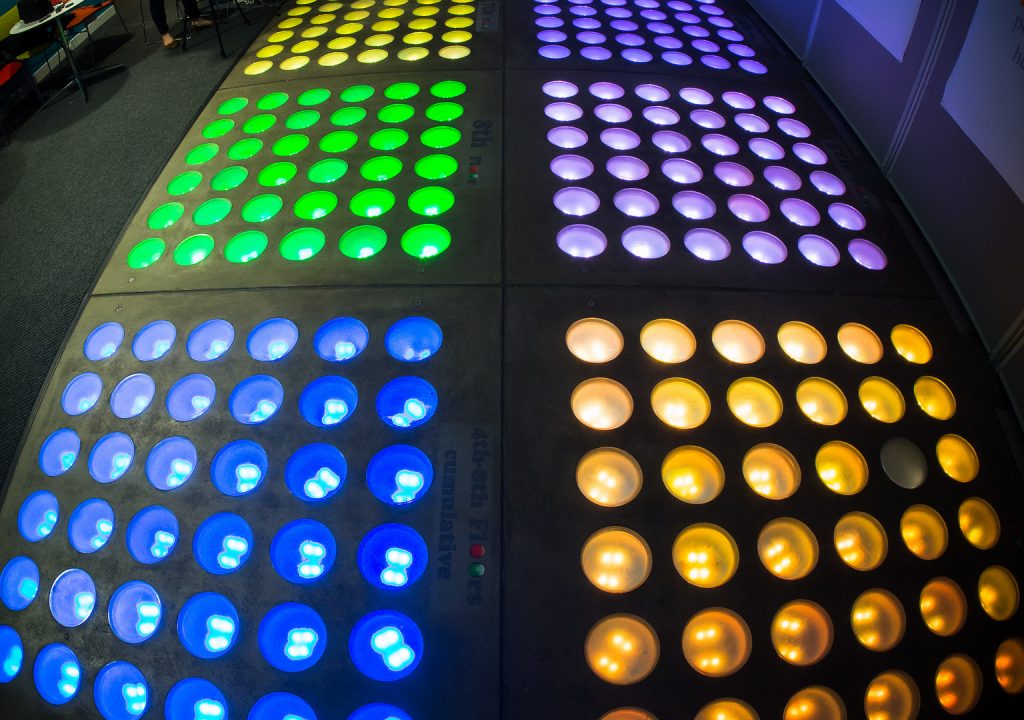
Floorplay: exploring use of an interactive digital floor display (2012)
Floorplay is a large interactive floor-display, which I developed and evaluated of as part of my MSc project. The interactive display appropriated and augmented an existing part of the structure in the Mallet Place Engineering Building (MPEB) in UCL, to include 216 individually addressable LED “pixels” mounted within glass wells which formed part of the fabric of the building. Along with thermal-tracking cameras to track human motion mounted above the floor, and a system tracking how often people used the stairs in the building, the platform aimed to create a fun and lightweight way to encourage workers and students to be more active within the building.
You can read my MSc thesis here, and further publications related to this work here and here.
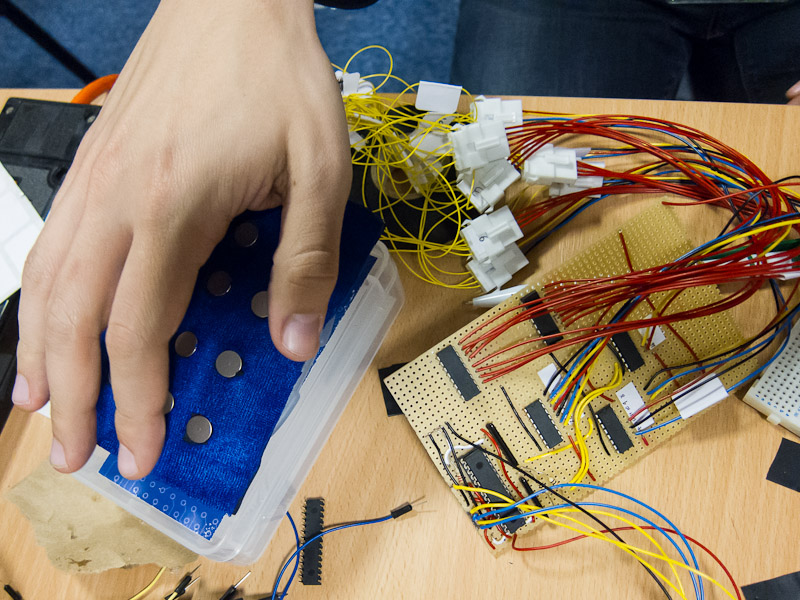
Communicating touch over distance: The “feelybean” (2011-12)
As part of my HCI-E MSc at UCL I, as part of a team of 5, designed and prototyped the “feelybean”: a device designed to facilitate couples in long distance relationships (LDR’s) to communicate a feeling of touch.
Our design brief was lifted from the 2012 CHI Student Design Competition, “Space, Place, Threshold: Considering the Experience of Home from Within and Without”. Following completion of a user-centred design process (UCD), we prototyped an interactive haptic device comprising of an array of coin vibration motors to physically communicate a feeling of touch, which we then evaluated using a Wizard-of-Oz setup in pairs.
Our paper was accepted and then subsequently presented at the CHI’12 conference in Austin, TX. You can read more about my experiences through the process here.